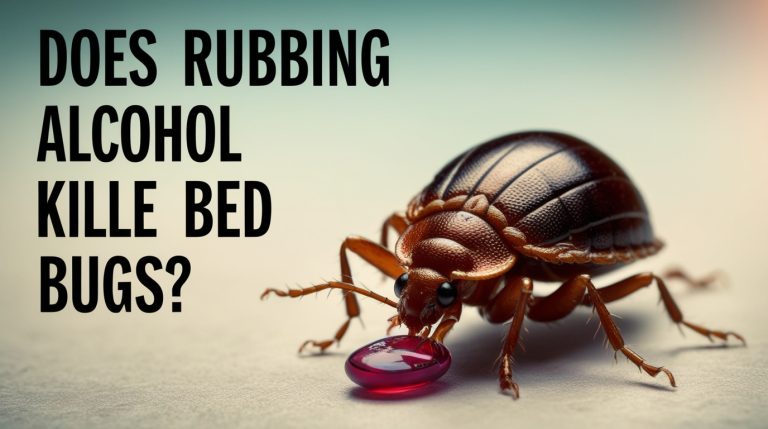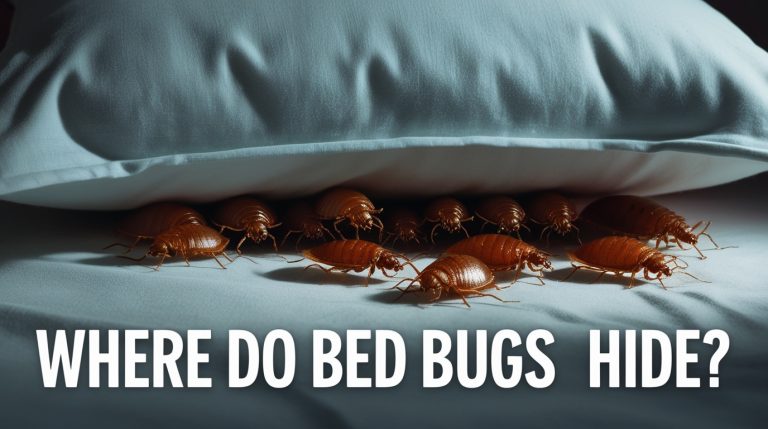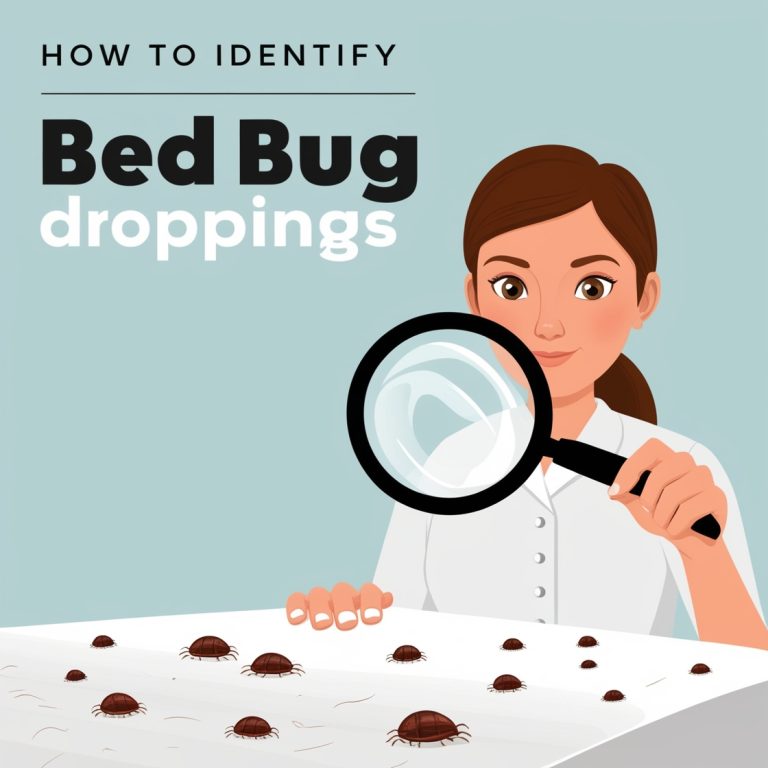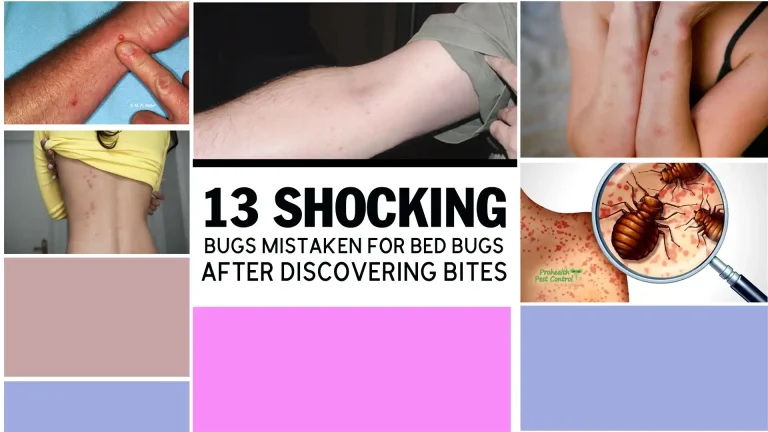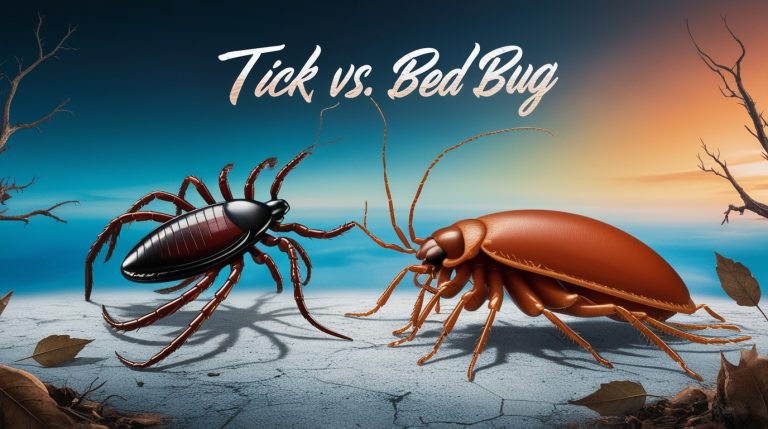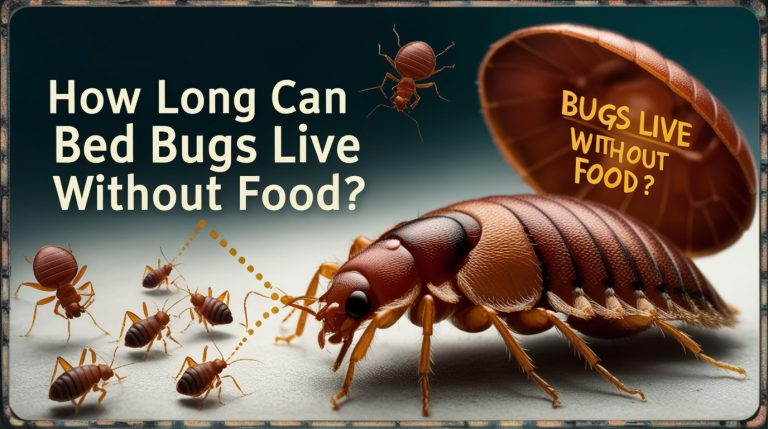Effective Home Remedies for Bed Bugs: Natural Pest Control Solutions

- Understanding Bed Bug Infestations
- DIY Bed Bug Control: Home Remedies to Kill Bed Bugs
- Non-Toxic Bed Bug Treatments for Your Mattress
- Professional vs. Do-It-Yourself Bed Bug Control
- Preventing Future Bed Bug Infestations
- Additional DIY Bed Bug Solutions
- Understanding the Bed Bug Life Cycle
- The Importance of Persistence in Bed Bug Control
Discover effective home remedies for bed bugs that can help get rid of bed bugs naturally. Explore DIY pest control solutions for tackling your bed bug problem.
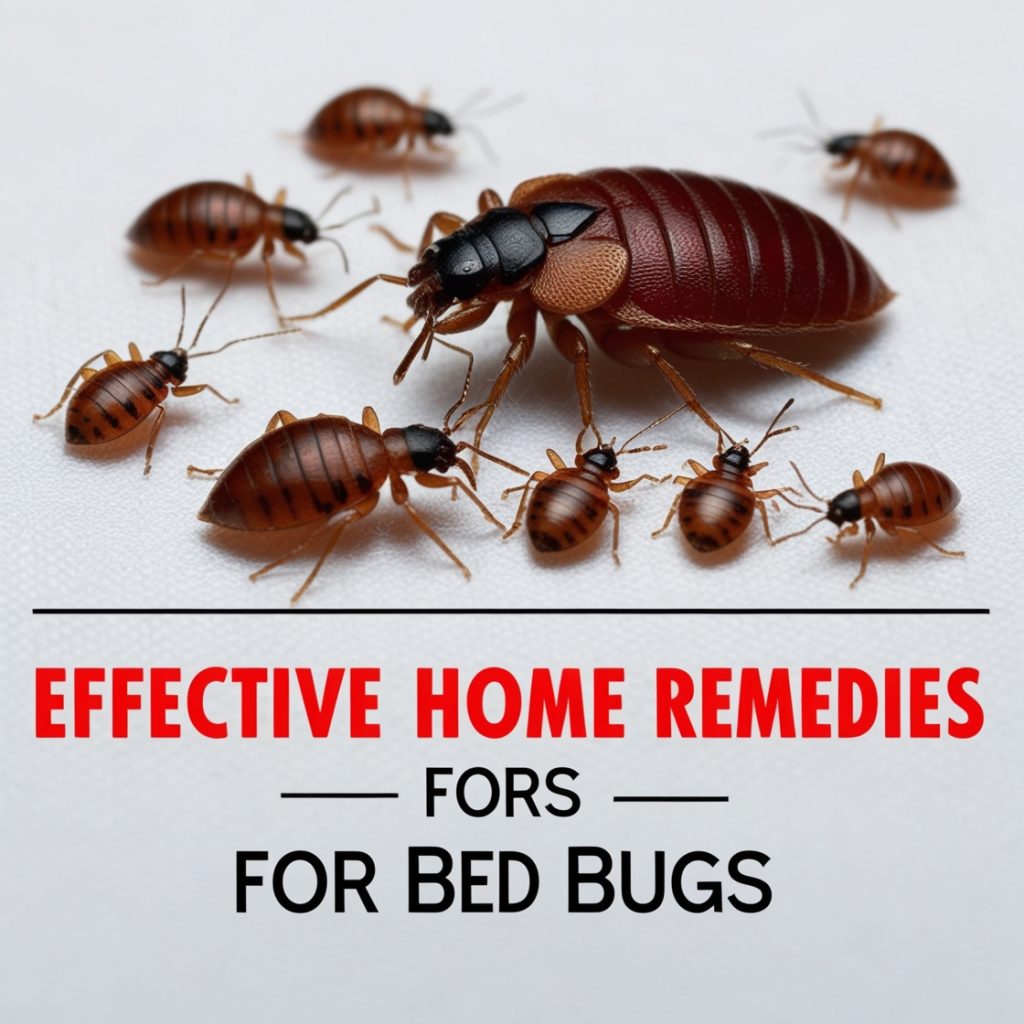
Understanding Bed Bug Infestations
Before diving into treatment options, it’s crucial to understand the nature of bed bug infestations. Bed bugs are small, parasitic insects that feed on human blood. They are excellent at hiding and can quickly spread throughout a home, making them challenging to eliminate.
Signs of a Bed Bug Problem
Recognizing the signs of bed bugs is the first step in addressing the issue. Common indicators include:
1. Small, rust-colored stains on mattresses or sheets (bed bug excrement)
2. Tiny, pale yellow eggs or eggshells
3. Shed skins of bed bug nymphs
4. A sweet, musty odor (in cases of severe infestation)
5. Visible bed bugs in cracks and crevices
6. Itchy, red bites on the skin (though not everyone reacts to bed bug bites)
If you notice any of these signs of bed bugs, it’s essential to act quickly to prevent the infestation from spreading.
Common Hiding Spots in Your Home
Bed bugs typically inhabit areas close to their food source – humans. Some common hiding spots include:
1. Mattresses and box springs
2. Bed frames and headboards
3. Cracks in walls or floors
4. Behind baseboards
5. In furniture seams
6. Behind picture frames
7. In electrical outlets
8. Underneath your bed
Understanding where bed bugs hide is crucial for effective treatment and prevention. Adult bed bugs and bed bug nymphs can squeeze into tiny cracks and crevices, making them difficult to spot.
DIY Bed Bug Control: Home Remedies to Kill Bed Bugs
While professional pest control services can be effective, many homeowners prefer to try DIY bed bug treatments first. Here are some home remedies for bed bugs that can help you get rid of these pesky insects:
Vacuum and Steam Cleaning Techniques
Vacuuming is an essential first step in any bed bug treatment plan. A thorough vacuum of infested areas can remove a significant number of bed bugs and their eggs. Pay close attention to the bed bug hotspots mentioned earlier.
1. Use a vacuum with a HEPA filter to prevent bed bugs from escaping.
2. Vacuum mattresses, box springs, bed frames, and the surrounding area.
3. Dispose of the vacuum contents in a sealed plastic bag immediately after use.
Steam cleaning is another effective method to kill bed bugs. The high heat produced by steam cleaners can penetrate deep into fabrics and crevices, killing bed bugs and their eggs on contact.
1. Use a steam cleaner on mattresses, upholstered furniture, and carpets.
2. Pay special attention to seams, tufts, and folds where bed bugs often hide.
3. Maintain the steam temperature above 160°F (71°C) for maximum effectiveness.
Heat treatment is one of the most effective ways to kill bed bugs. Many bed bugs get eliminated when exposed to high heat for extended periods.
Baking Soda and Diatomaceous Earth Solutions
Baking soda and diatomaceous earth are natural substances that can help in your fight against bed bugs.
Baking Soda:
1. Sprinkle baking soda around infested areas.
2. Leave it for a few days before vacuuming.
3. Repeat the process several times.
Baking soda can help dehydrate bed bugs, potentially killing them. However, its effectiveness is limited, and it should be used in conjunction with other methods.
Diatomaceous Earth:
1. Apply food-grade diatomaceous earth around infested areas.
2. Focus on cracks, crevices, and other hiding spots.
3. Leave the powder in place for several days before vacuuming.
Diatomaceous earth works by damaging the bed bug’s exoskeleton, leading to dehydration and death. It’s a slow-acting but effective method when used consistently. Sprinkle diatomaceous earth around the bed bug hotspots for best results.
Essential Oils: Tea Tree Oil and Other Natural Repellents
Essential oils can be used as natural repellents against bed bugs. While they may not kill the bugs outright, they can help deter them from certain areas.
Tea Tree Oil:
1. Mix tea tree oil with water in a spray bottle.
2. Spray the solution on infested areas and potential hiding spots.
3. Reapply regularly as the scent fades.
Other essential oils that may help repel bed bugs include lavender, peppermint, and eucalyptus. However, it’s important to note that while these oils may provide some relief, they are not a standalone solution for a bed bug infestation.
Non-Toxic Bed Bug Treatments for Your Mattress
Your mattress is often ground zero for bed bug infestations. Here are some non-toxic treatments to help protect your sleeping area:
H3: Creating a Bed Bug-Proof Sleeping Environment
1. Encase your mattress and box spring in bed bug-proof covers.
2. Wash all bedding in hot water (at least 120°F or 49°C) and dry on high heat.
3. Use light-colored bedding to make bed bugs easier to spot.
4. Keep your bed away from walls and ensure bedding doesn’t touch the floor.
Natural Sprays and Powders for Mattress Protection
1. Create a natural spray using water and essential oils like lavender or tea tree oil in a spray bottle filled with water.
2. Lightly dust your mattress with food-grade diatomaceous earth.
3. Use a mixture of baking soda and essential oils to freshen and protect your mattress.
Remember, these methods are most effective when used as part of a comprehensive bed bug control strategy.
Professional vs. Do-It-Yourself Bed Bug Control
While DIY methods can be effective for minor infestations, severe cases may require professional intervention. Let’s compare the two approaches:
When to Consider Professional Pest Control
Consider calling a bed bug exterminator if:
1. DIY methods haven’t been effective after several weeks.
2. The infestation has spread to multiple rooms.
3. You’re dealing with a recurring bed bug problem.
4. You have a large home that’s difficult to treat thoroughly on your own.
Professional pest control services have access to more potent treatments and specialized equipment, which can be crucial for severe infestations. Professional bed bug control services can fully eradicate a bed bug problem more quickly and effectively than most DIY methods.
Comparing Costs: Home Remedies vs. Professional Services
Home remedies are generally less expensive upfront, with costs primarily involving:
1. Cleaning supplies
2. Natural treatments (essential oils, diatomaceous earth, etc.)
3. Mattress encasements
4. DIY bed bug traps
Professional bed bug control can be more expensive, but it often provides faster and more comprehensive results. Costs may include:
1. Initial inspection
2. Treatment sessions (usually multiple)
3. Follow-up visits
While DIY methods can be effective for minor infestations, professional services may be more cost-effective in the long run for severe cases. A bed bug exterminator can help get rid of bed bugs more thoroughly, especially in cases of severe infestations.
Preventing Future Bed Bug Infestations
Prevention is key when it comes to bed bugs. Here are some strategies to help keep these pests at bay:
Regular Inspection and Cleaning Routines
1. Regularly inspect your bed, furniture, and living areas for signs of bed bugs.
2. Vacuum frequently, paying special attention to beds, upholstered furniture, and carpets.
3. Wash bedding, curtains, and clothing in hot water regularly.
4. Reduce clutter to minimize hiding spots for bed bugs.
Natural Deterrents for Long-Term Protection
1. Use essential oil sprays around your home, especially in bedrooms.
2. Place sachets filled with dried lavender or other repellent herbs in drawers and closets.
3. Maintain a clean, clutter-free home to make it less attractive to bed bugs.
4. Be cautious when bringing second-hand furniture or clothing into your home.
Additional DIY Bed Bug Solutions
Here are some more do-it-yourself bed bug treatments that can help you combat these persistent pests:
1. Create a bed bug trap: Place double-sided tape or Vaseline around the legs of your bed. This can make it slippery for them to get into the bed.
2. Use a hairdryer: The high heat from a hairdryer can kill bugs and eggs in hard-to-reach places.
3. Seal infested items: Place infested clothing or small items in sealed plastic bags and leave them in direct sunlight on a hot day.
4. Freezing treatment: For items that can’t be washed or heated, place them in a freezer for at least four days.
5. Essential oil spray: Mix lavender or tea tree oil in a spray bottle filled with water and apply to infested areas.
Understanding the Bed Bug Life Cycle
To effectively combat bed bugs, it’s crucial to understand their life cycle:
1. Eggs: Tiny, pearl-white eggs about 1mm long.
2. Nymphs: Young bed bugs that molt five times before reaching adulthood.
3. Adults: Fully grown bed bugs capable of reproduction.
Knowing this cycle can help you target all stages of bed bugs, including bed bug nymphs and eggs, ensuring a more comprehensive treatment.
The Importance of Persistence in Bed Bug Control
Getting rid of bed bugs requires patience and persistence. A single treatment is rarely enough to fully remove a bed bug infestation from a property. Here are some tips for maintaining your efforts:
1. Repeat treatments every few days for at least two weeks.
2. Continue to inspect and treat areas even after you think the bugs are gone.
3. Be thorough in your approach, treating all potential hiding spots.
4. Combine multiple methods for the best results.
Remember, the best way to get rid of bed bugs is with the help of a comprehensive, multi-pronged approach. Persistence is key in your fight against these resilient pests.
In conclusion, while bed bugs can be a challenging pest to deal with, there are numerous effective home remedies and natural solutions available. From vacuuming and steam cleaning to using diatomaceous earth and essential oils, these methods can help you get rid of bed bugs and prevent future infestations. DIY bed bug treatments can be effective, especially for minor infestations. However, for severe cases, professional bed bug control might be necessary to fully eradicate the problem.
Remember, consistency and thoroughness are key when treating bed bugs. If DIY methods prove ineffective, don’t hesitate to seek professional help. With persistence and the right approach, you can successfully eliminate bed bugs from your home and enjoy a pest-free living environment. Whether you choose home remedies or professional services, the goal is the same: to remove bed bugs from your home and restore your peace of mind.

